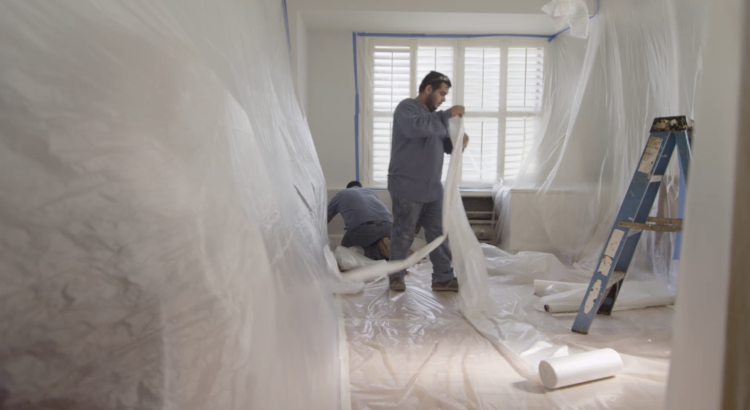When approached by apartment and condominium communities about replacing their failing pipes, we are often asked the question, “Is it possible to repipe in phases, over a number of years, to help defer the costs?”
After 30 years of experience in the industry, we can safely say that while this is technically feasible, and sometimes even makes sense over a shorter (2-3 year) period of time, to phase a pipe replacement project over longer durations is almost never advisable. There are numerous reasons why phasing a repipe can lead to greater financial risk. If you can, it’s almost always smarter to replace your pipes all at once. Some risks of long-term phasing include:
Increased Mobilization and De-Mobilization Costs
Mobilization is the phase of work that your contractor performs as they are ramping up to start work at your community. It is simply not possible to have plumbers show up and start replacing pipe on the first day of the project. Residents must be noticed and prepared for entry into their unit, tools and materials must arrive onsite and be inventoried and organized, existing construction conditions must be verified, unit schedules must be finalized, staging areas must be identified and set-up, dumpsters must be ordered and placed onsite, and numerous other activities must be completed before your contractor can actually start “turning wrenches.”
Likewise, a similar set of activities is required at the end of a project, when “de-mobilization” occurs. In this instance, materials and dumpsters are hauled away, tool and materials storage is packed up and cleared out, staging areas are disassembled, and other clean-up activities occur as your contractor prepares to leave your community.
Most contractors build mobilization and de-mobilization costs into their pricing structure. When a project is phased over many years, multiple mobilizations and de-mobilizations must occur, driving up costs. It’s essentially duplicate work, that has to be repeated, and paid for, each time you set up and break-down a job. The longer a project is spread out over many years, these repeat costs are incurred over and over for each required mobilization. These costs can be minimized by only having to perform these activities once and completing the project in a singular phase with just one mobilization. Sometimes, phasing for 2-3 years may make sense in certain situations, but phasing over 5-10 years is never advisable.
Inflation
Everyone knows that costs go up over time as a result of inflation, and this includes both labor costs and material costs. Recently, we have seen pipe, fitting and material costs rise at a rate of 5-30% per year. If a project is spread out over several years, the cost increases can be sizeable. By paying for a project all at once using today’s labor and material costs, the savings can be significant, especially since it is very rare that a contractor will “hold” their pricing for a number of years if the project is phased. They will often insist that each phase is bid separately at the time it is to be undertaken so they can account for labor and material cost increases year to year.
Ongoing Risk of Leaks and Damage
If a community is experiencing leaks and water damage from bad pipes, it is rare that only part of the community is affected. Typically, leaks occur randomly, and without warning. By phasing a project over many years, the risk of continued leaks in the sections of the community that have not been repiped increase. Many communities think that deferring renovation costs by spreading them across multiple years can help them save money. The reality is that during that time, the cost of paying for additional leak repairs, water damage, insurance premiums, lost rent, and numerous other costs can offset any perceived savings. By the time you end up paying for multiple mobilizations, accounting for inflation, and paying for ongoing leak damages, deciding to phase a repipe can end up costing over 50% more than what it would cost if you completed the project all at once. It’s true that in this case, waiting (or phasing) just doesn’t pay.
Resident Implications
In addition to all the financial risks associated with phasing a project like a repipe, managing the messaging and politics across your community can be equally as challenging. When a project is phased, residents immediately want to know why they are having to wait while others are getting the benefits of being repiped right away. How this gets communicated, managing expectations, and dealing with difficult residents can be an enormous headache that can be avoided by completing your pipe replacement project in one mobilization.
While on the surface it may seem like it makes sense to phase a repipe project over multiple years to help with spreading out the costs, the realities of phasing a pipe replacement project indicate that its typically not worth the added cost, risk, and frustration of trying to spread a repipe out over several years.


